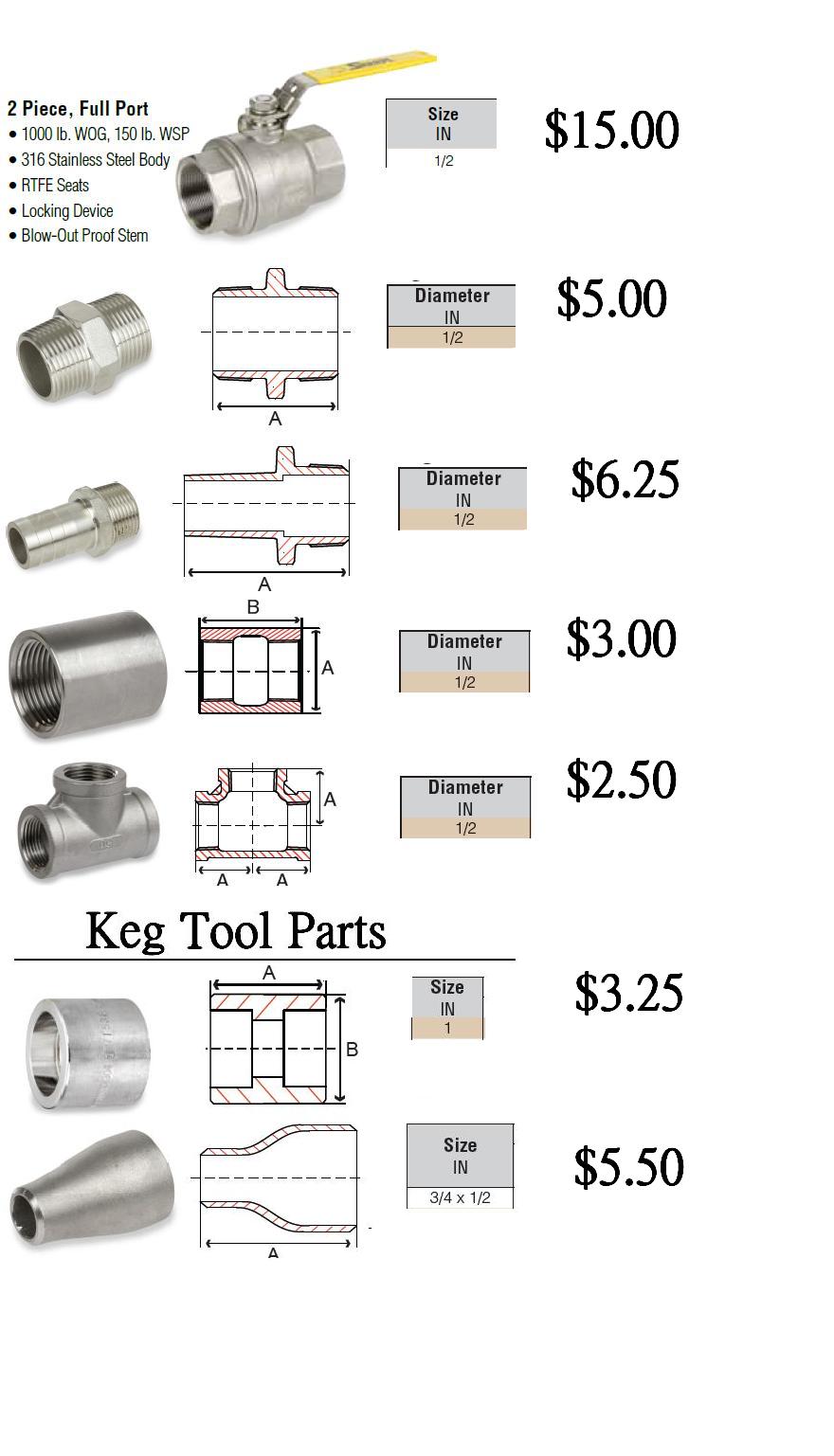Hmm...I don't think that's true.
I just got a reply back from Update about what alloy they use to make their pots (nice and fast too). Susan Lin says it's 1100 series aluminum.
So then the next question is, when it comes to our purposes, does it really matter if a pot's 1100 or 3003 or 3004? Especially when a 60 Qt 3003 pot can be had for only $57? If it dents up, I'll get a new one. I'm more worried about scorching the beer or maybe 1100 aluminum leeches more Al into the beer than a harder alloy would.
Iono, I'm sure I'm making a bigger deal of this than it deserves. But I guess that's what hobbies are about.







 I think you mean 50 quart
I think you mean 50 quart 
